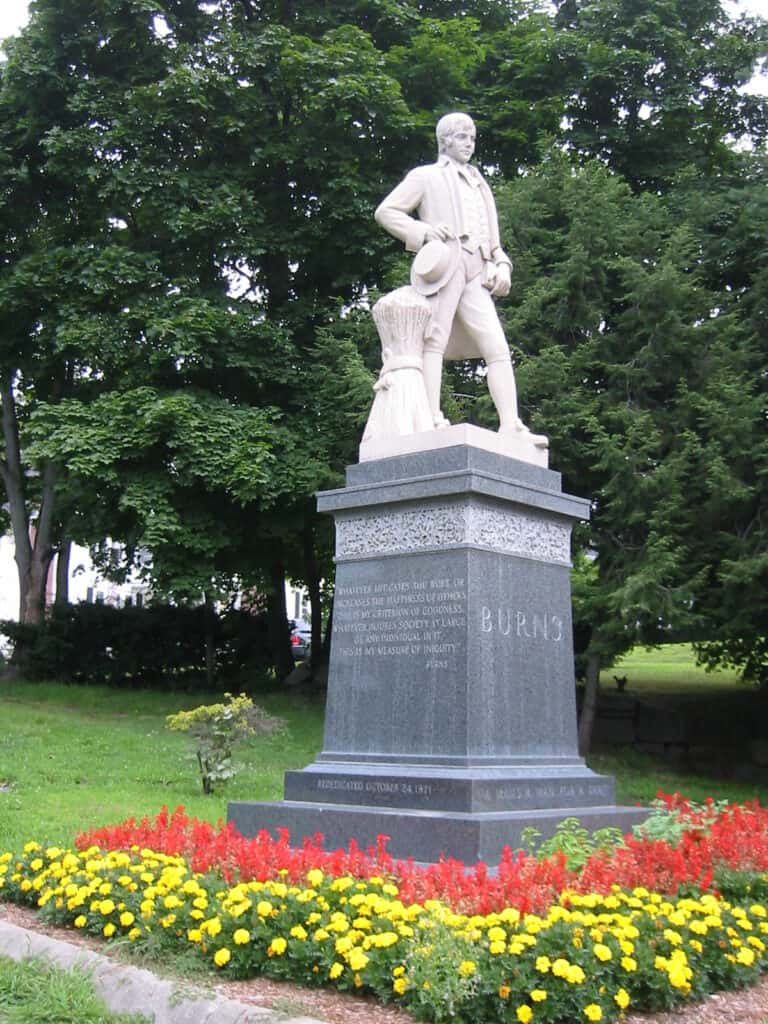
by Charles Tocci
“I would like to see a building, say, the Empire State, I would like to see on one side of it a foot-wide strip from top to bottom with the name of every bricklayer, the name of every electrician, with all the names. So when a guy walks by, he could take his son and say, ‘See, that’s me over there on the forty-fifth floor. I put the steel beam in.’…Everybody should have something to point to.” Mike LeFevre in Working by Studs Terkel.
If Mike LeFevre’s wish came true, then my father’s name, along with his brothers’, would be plastered all over Boston and its suburbs. I’ve had this personal tour many times, including the last time I drove around Massachusetts with my dad the day after he retired—four decades a union pipefitter.
Building after building—warehouses, hospitals, strip malls, convenience stores, high rises—he had a story for all of them. It was his personal geography, a map of all the places he and his brothers helped make and maintain.
This remains an atlas invisible to the rest of the world, but one that I cherish. It’s a reckoning of the space we—the Toccis—moved through for generations without much more than a mailbox to mark our presence.
Except for one place—the statue of Robert Burns in downtown Quincy, Massachusetts. Anthony Tocci, stonecutter and son of the immigrant Cesidio from San Donato, carved the pedestal on which the preeminent Scottish poet stands. There is no Tocci name here, but we know. From family, we know, and some old records, too.
And in an American irony, I am a descendant of Burns himself on my mother’s side. My brother and I perfectly captured here. We belong, not because the passion of a poet sired twelve children, but for his foundation.
I suppose the desperate desire of some stripe of Italian American to keep Columbus in his many places is the same sense I feel. That granite says I am here. I can see myself in our landscape. We are indelible on this map.
But it is not the symbol, but the craft that makes a place. It is the millions of Italian hands that carved the stone, joined the pipes, hemmed the gowns, and stretched the dough. We wish the world to see our familial maps, to know who built this place and know it was us.
I can’t disagree, but we must, in turn, reciprocate. Our imaginations must survey the many maps of our place: Indigenous, Black, Asian, and more. We must read history like Brecht’s worker: So many particulars/So many questions.